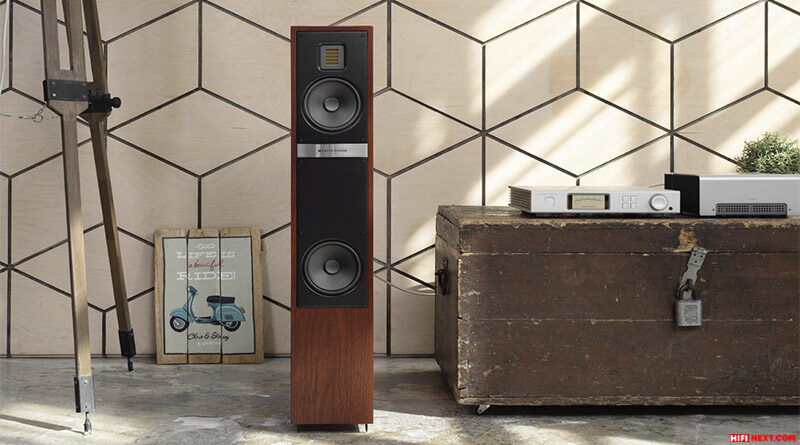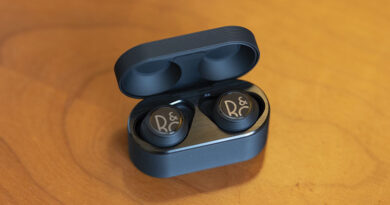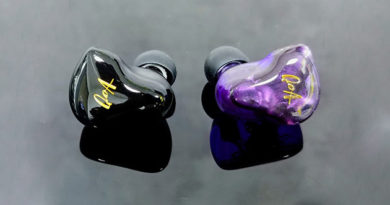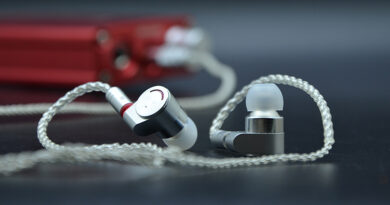MartinLogan Motion 20i Review: really special case
The line of Motion acoustics from MartinLogan is of considerable interest to lovers of high-quality sound. Let’s see what the world famous manufacturer of electrostatic panels has to offer in the niche where the giants of the dynamic industry have been operating for many decades. In addition to sophistication, dynamics and drive are held in high esteem, and speakers often have to perform their tasks in the most ordinary living conditions.
In this testing, the younger floor loudspeakers in the MartinLogan line of loudspeakers, based on the Motion 20i dynamic drivers, came under our scrutiny. An excellent option for assessing brand penalties in this category: not yet “top”, but all the makings are available for this.
The MartinLogan Motion 20i is in what is generally considered the mid-range by today’s standards. I must say that the struggle in this niche is very serious. Brands go to many tricks, bringing down whole cases of technologies from the top lines here in order to squeeze the maximum performance out of the acoustics for a more or less sane price tag.
So for the MartinLogan Motion 20i, the test will be very difficult – judging by their description on the official website, there are not so many technologies with complex abbreviations here. Nevertheless, the niche has been mastered – and certainly not only for its beautiful appearance.
Contents:
Structural Analysis
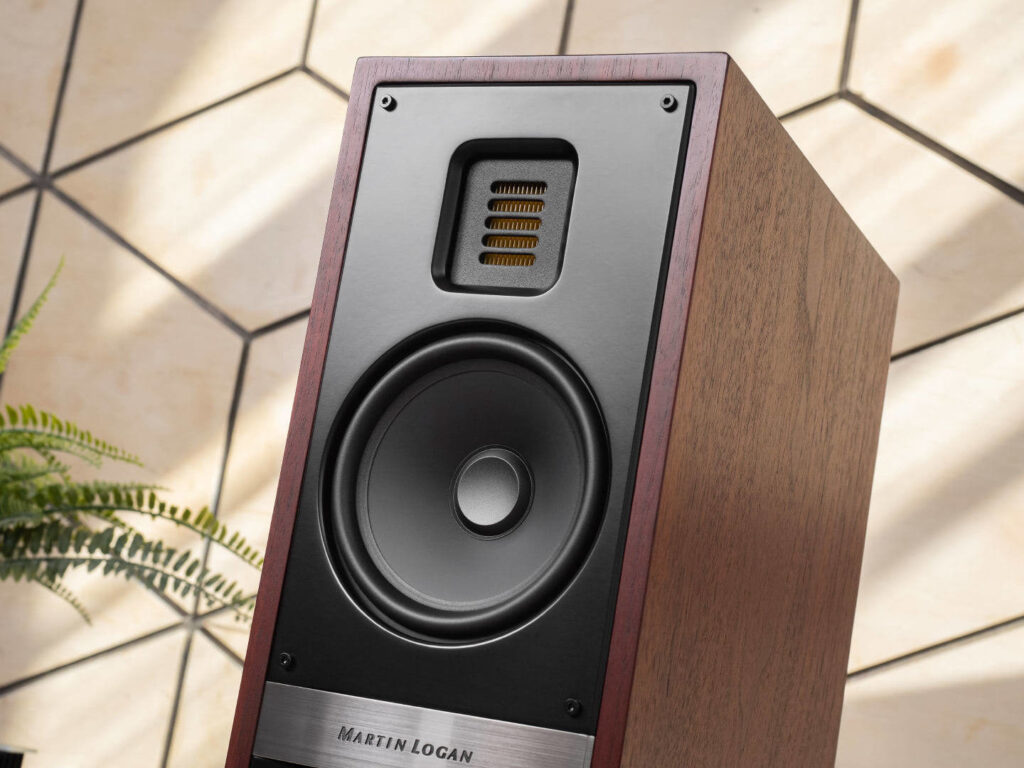
But they are still greeted by their clothes. Without a doubt, this is where MartinLogan’s designers were able to catch the eye. Black color in varnish is no longer surprising, but the layout of the front panel turned out to be special and, due to this, recognizable. It is unlikely that the Motion 20i will be confused with any niche counterpart.
The front panel is visually divided into two parts – a rounded overlay with the brand name serves as a border. I’ll tell you a secret: the cover is plastic, but it was only possible to find out by touch, since visually plastic imitates metal by 100%.
Everything above the lining is very reminiscent of shelf acoustics from the same line – the same dynamic radiator, the same ribbon tweeter. Only the sizes of the drivers differ.
The MartinLogan Motion 20i uses two 14cm drivers, which are based on an aluminum cone and a one-piece polypropylene basket. Diffusers made of aluminum in one form or another are used by many acoustic manufacturers, and all thanks to the good characteristics of this material in relation to one of the most important indicators – lightness / stiffness. In our case, the diffuser also works as a radiator, since it is entrusted with the role of removing heat from the speaker coil.
In the center of the speaker is a soft, concave dust cap – according to the manufacturer, it somehow manages to increase the strength and rigidity of the cone.
One of these speakers is located at the top of the cabinet and is responsible for the bandwidth from 500 Hz to 2 600 kHz. The bass driver is offset below, and sits in the center of the second section of the bezel. His destiny is to work from 500Hz and below. “Below” in our case means 46 Hz – this is the threshold indicated by the manufacturer in the passport data.
This offset of the radiator towards the bottom of the cabinet is designed to minimize the first reflections of the bass from the floor, so that the listener receives a cleaner bass wave, rather than mixing it with multiple reflections. A similar solution is used in all floor stands in the Motion range.
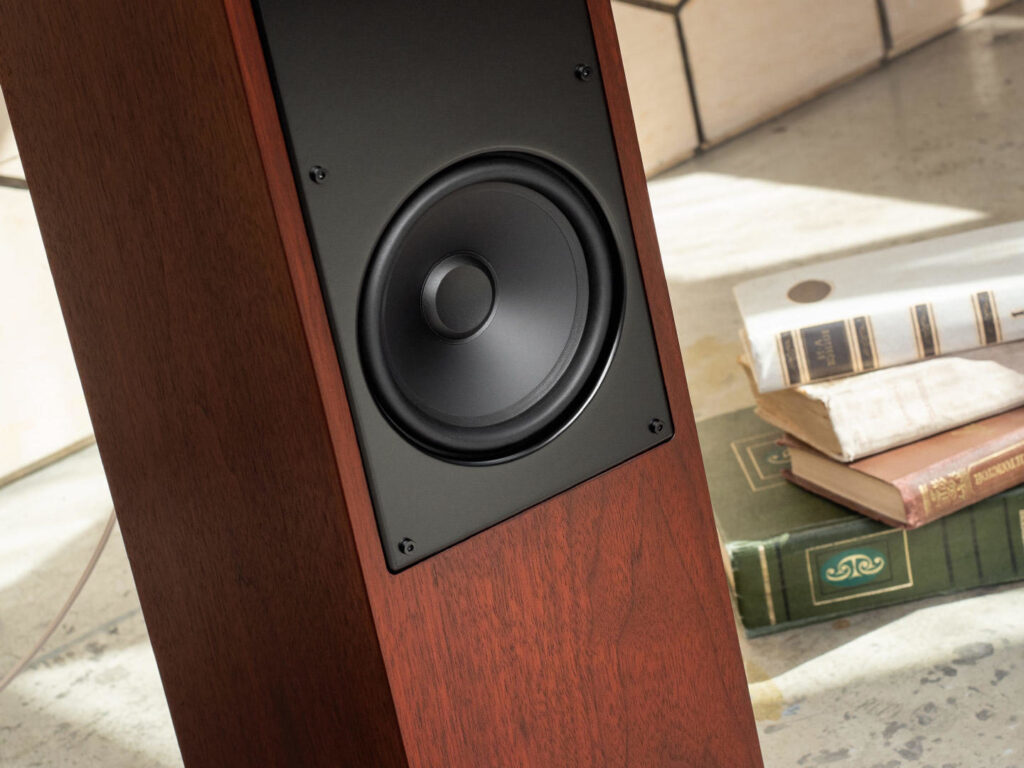
The ribbon tweeter is located at the top of the cabinet and recessed into a small rectangular waveguide. Hale’s radiator is hidden behind its grille – an “accordion”, which in unfolded form has an area of 13.3×4.4cm. But after painstaking folding it decreases to a size of 2.6×3.6cm – this figure is designated as the dimensions of the HF driver.
The tweeter is equipped with a magnetic system based on NID – a special alloy of metals that surpasses most of the materials used in the magnetic systems of the drivers.
In a ready-to-operate state, the tweeter of this design is called FoldedMotion.
Another feature of the Motion line is the use of the proprietary Vojtko crossover, designed by MartinLogan chief engineer Joe Vojtko. The development of this crossover is based on a painstaking approach to the selection of the element base and subsequent tests of the crossover operation in the “field” conditions. Also in the crossover circuit there was a place to protect the acoustics from overheating and direct current.
Both parts of the front panel form separate sections of the cabinet thanks to additional skins that are fastened with four screws at the corners (at the bottom there are two more screws on the perimeter) and, it seems, hide from us the way of attaching the emitters. But this is for the better – more aesthetics!
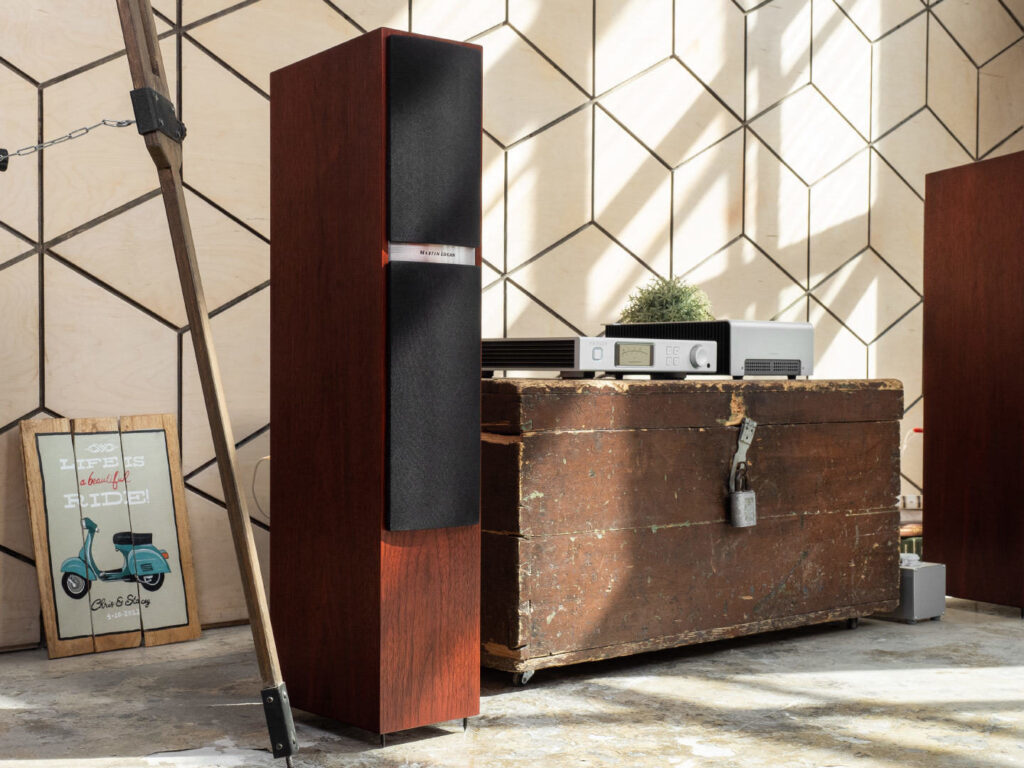
Consequently, the MartinLogan Motion 20i comes with four grills – two for each speaker. The grills are attached with magnets, but they do not cover the entire front panel: the cover with the brand logo remains uncovered. This is the right decision – she is beautiful, she cannot be hidden.
The bass reflex on the rear panel is located almost at the floor. Probably, the location was dictated by the same principles by which they were looking for a place for a bass driver.
Just above the label with the model name and serial number are the terminals for the speaker wires. There are two pairs of them here, so both biumping and bi-wiring are available. And for those who have kept their heads on their shoulders and are content with the usual connection, very beautiful flat jumpers are provided. It is worth noting that the terminals are also very beautiful – and with very convenient plastic screw holders.
The 20i cabinet is made of 18mm MDF and is built on the principle of light asymmetry: the front and rear panels have different heights. This drop is visible along the upper edge, and if you look at the cabinet from the side, it looks like a truncated trapezoid.
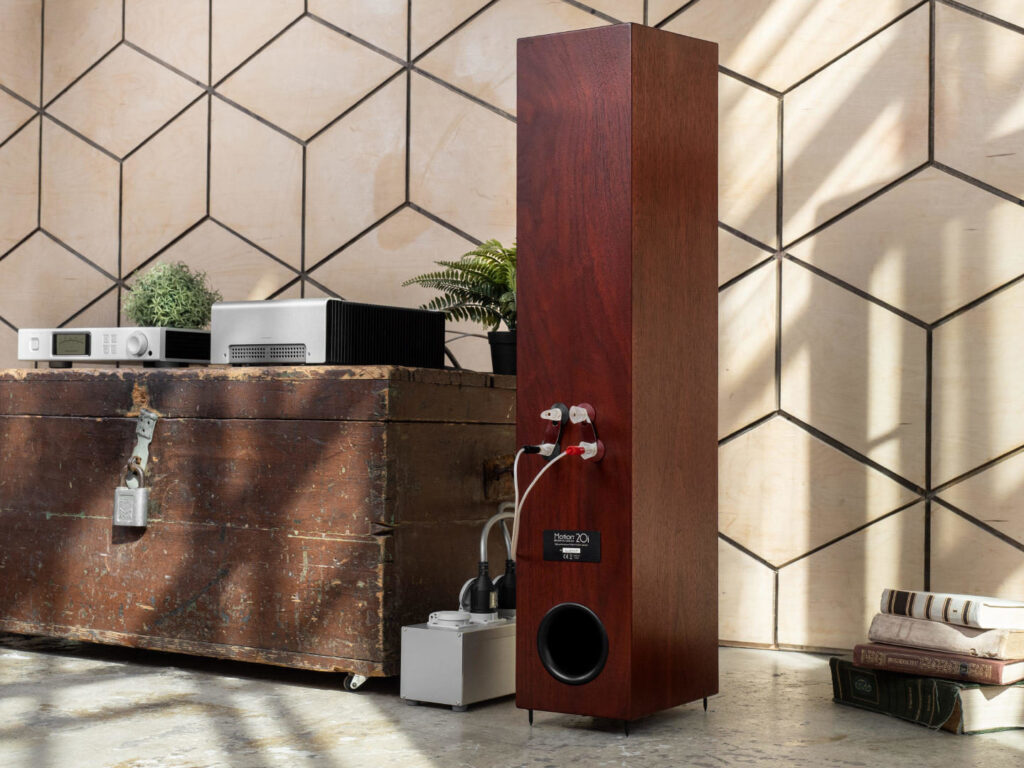
The front panel is slightly thicker – 31mm, which is in line with the best audiophile tradition. The body finish is presented in three variations, as in the entire Motion line: matt white, glossy black and, as in our case, walnut red.
Punch and charm
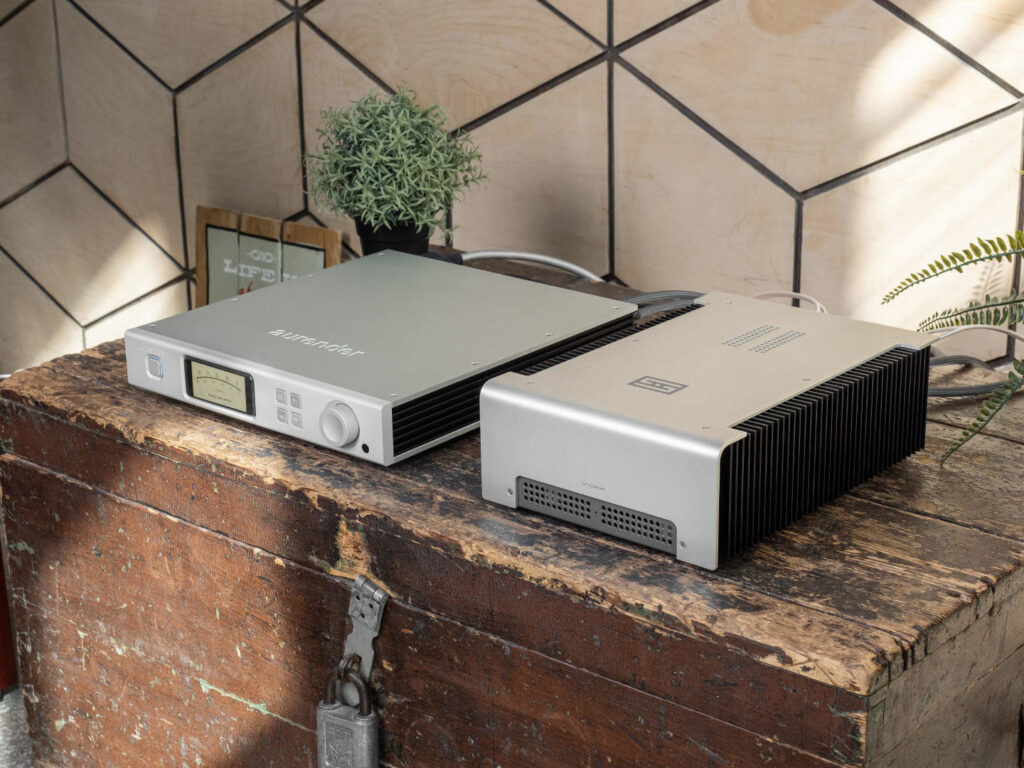
The MartinLogan Motion 20i quickly found its place in the spacious listening room. The optimal position turned out to be when the distance between the acoustics reached about 2.5 meters, and to the listening position – about the same. The easy turn of the acoustics to the listening point also benefited – in this form, the images in the scene were outlined more accurately.
To test the musical aptitude of the MartinLogan Motion 20i, a system was assembled from a source and simultaneous Aurender A100 preamp and a Schiit Vidar power amplifier. The source is slightly more expensive, the amplifier is slightly cheaper than the Motion 20i – in principle, this is a typical situation, since not every home system is in a strict price balance. So we will assume that we have hit the average starting point.
These are clearly floor speakers – both in scale and in bass. Although, frankly speaking, there were doubts about the first and about the second. After all, the speakers are small, and the cabinet is not the largest. However, when small speakers and a small cabinet fall into the hands of MartinLogan engineers, the effect is very interesting.
Previously, when testing the Motion 60XTi, it was noted that they are capable of delivering a physical bass experience. The same “blow to the chest”. The MartinLogan Motion 20i turned out to be so skillful in this regard that it felt like if they had a bass driver even an inch larger, the “kick” would have been almost complete! It is very curious, with the help of what tricks the engineers were able to achieve such a high pressure from the driver with a diameter of 14 cm. Perhaps, the decisive role was played by the large volume of the cabinet, in which the woofer is enclosed.
In terms of depth, the bass was also pleasing: in the near-ideal conditions that the testing room possesses, the 20i managed to descend to 38–40 Hz – a very good result, considering the 46 Hz claim.
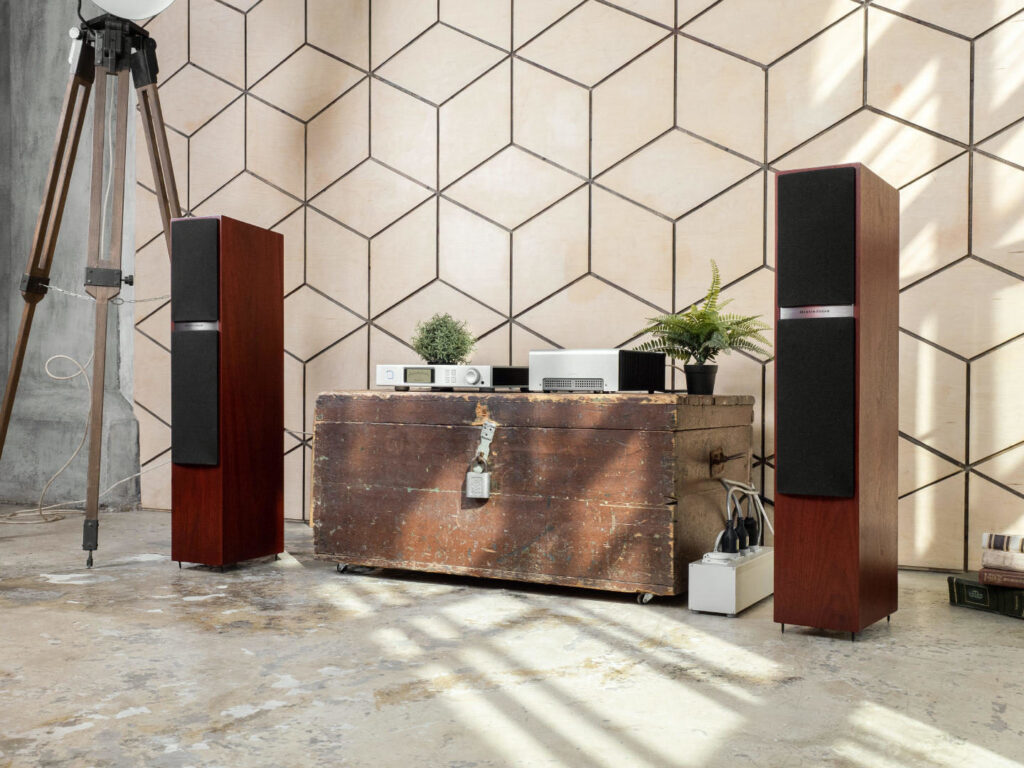
When the bass electronics playlist was over, the big bands went into action. Although the following example of a musical group refers more to a pop-symphony orchestra: the performer Flying Steps and the track “Gnomus Steps”. An entertaining piece – both in terms of the instrumental organization and in terms of the bass line.
Timpani come in unexpectedly, sometimes in series – Motion 20i conveyed both the scale and the fullness of the stage. From which we can conclude that the bass register of the 20i is very well tuned and implemented. The bass can be varied and is not focused on just one scale.
Then the timpani gave way to a drum kit in Chica Corea live – the excellent resolution and positioning of the drums captures the listener and is definitely worthy of praise.
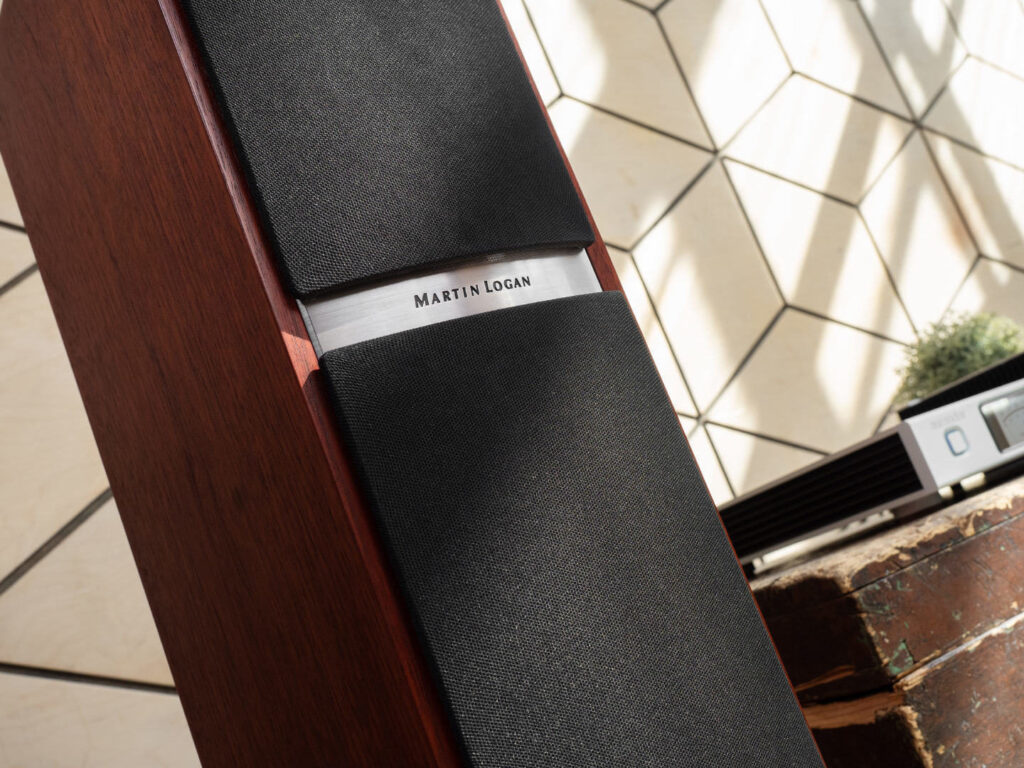
Let’s move on to looking at other genres and ranges. It turned out that not only the bass register of the MartinLogan Motion 20i has excellent resolution. A great example would be the great composition “Creep (Contortion)” by Les 7 Doigts and Maude Brochu. From the intro, the Motion 20i reveals the magic of a grand piano. Next – the brilliance of the bass (but we have already discussed this). And the end point is the vocal intro.
Frankly speaking, there hasn’t been such a pleasant sensation from such a relatively inexpensive acoustics for a long time. When listening to such compositions, the MartinLogan Motion 20i are not at all shy and demonstrate a very visualized sound. The vocal training exceeded expectations, especially in those moments when its clarity turns into hoarseness – oh, goosebumps! These floor standing speakers definitely have a knack for grabbing the listener’s attention.
Rock and similar genres, where aggression, drive and dynamics are needed, are also a success for Motion 20i. This is facilitated by a decent depth of bass, and excellent intelligibility throughout the midrange. But we almost forgot about the plates! How can you do without them in heavy styles?
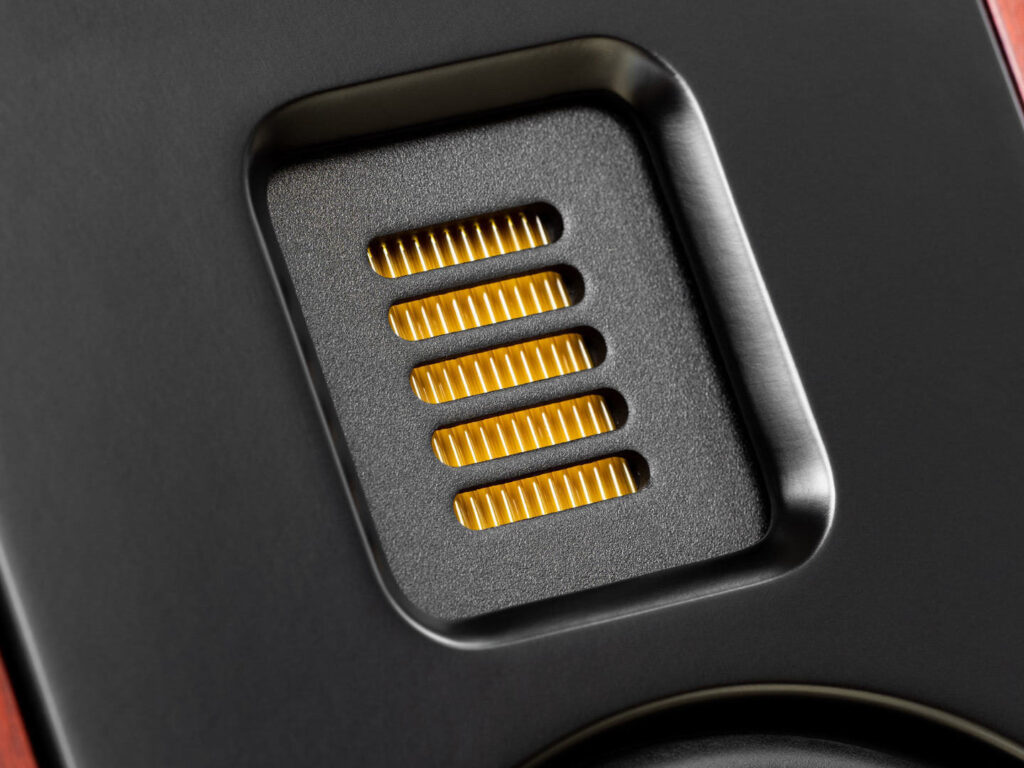
A tape with such an immodest area provides good resolution and, so to speak, “mass” for all instruments in this range. After all, the plates have mass. In high-quality recordings, on different acoustics, the strikes on the cymbals can be heard both as full-bodied and as a usual “tssszz”. The MartinLogan 20i effortlessly conveys both correct tone and mass – the basis of tone.
We have already spoken about female vocals, so a few words should be said about male vocals as well. About good vocals, with a hoarse voice – and not to be inferior to a woman’s. This is the vocal in the composition “The Story of Sonny Boy Williamson” performed by the eponymous maestro with the support of Matt Murphy.
This vocal was recorded very structurally and qualitatively, with the volume of the room in which the performer was. Here the Motion 20i demonstrated their dexterity both in terms of the transmission of overtones and in terms of organizing the virtual space. With all the desire – no compromises could be found.
Conclusions
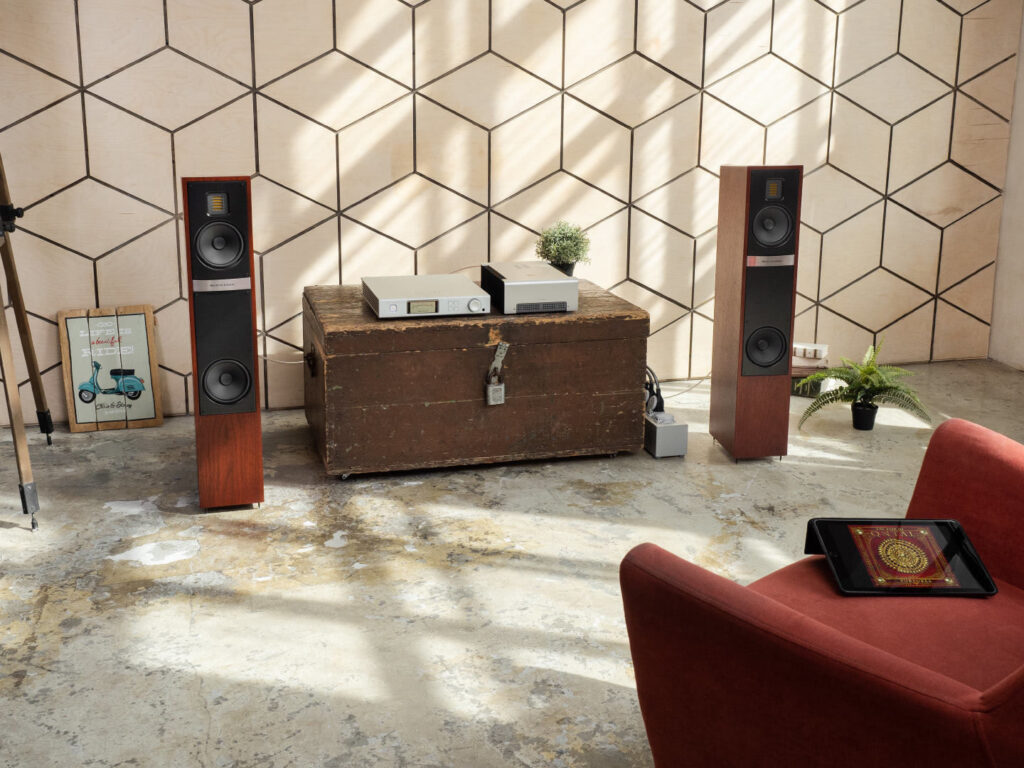
Based on the test results, we can say that the MartinLogan Motion 20i can greatly spoil competitors in this price niche. Their sound is able to set in motion both the air masses in the room and the subtle fibers of the listener’s mental organization. Apparently, that’s why this line of acoustics got the name “Motion”.
This is a special case when excellent resolution in all ranges, combined with melody, allows the Motion 20i to have neither a rigid genre connection nor any compromises in other aspects. A worthy answer to the giants of the dynamic emitter industry!
Official site: www.martinlogan.com
Specifications
Type: passive floor-standing speaker
Acoustic design: bass reflex
Woofer: 2×5.5 inches, aluminum cone, one-piece basket
HF driver: 2.6×3.6cm, FoldedMotion
Horizontal dispersion: 80°
Vertical dispersion: 80°
Crossover frequency: 500 and 2600 Hz
Frequency Response: 46-25,000 Hz (± 3dB)
Recommended amplifier power: 20-200 W Sensitivity: 90dB/2.83V/meter
Impedance: 4 Ohm Dimensions (WxHxD): 17.3×92.9×29.7cm
Weight: 16.8kg

